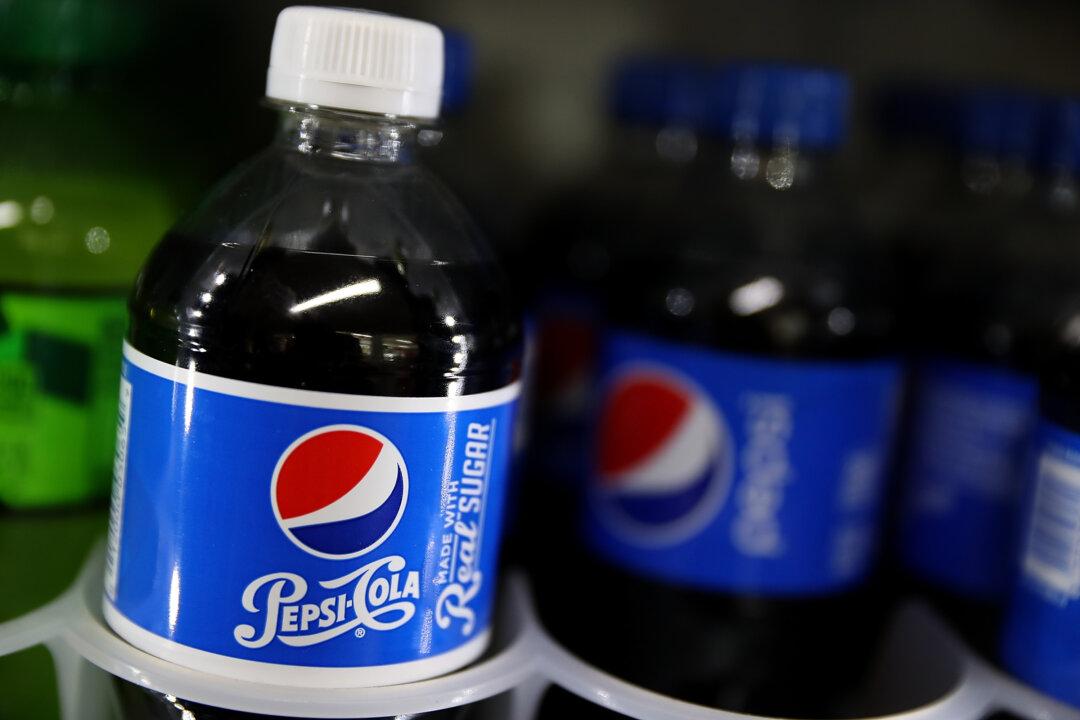A new report indicates that Apple Inc.’s new iPhone 13 has a significant restriction that makes it harder for consumers and independent repair shops to replace a broken screen.
As per the report, the Face ID will not work if you try to swap the screen. Replacing the display also requires successfully moving a tiny microcontroller from the original screen to the new one.





